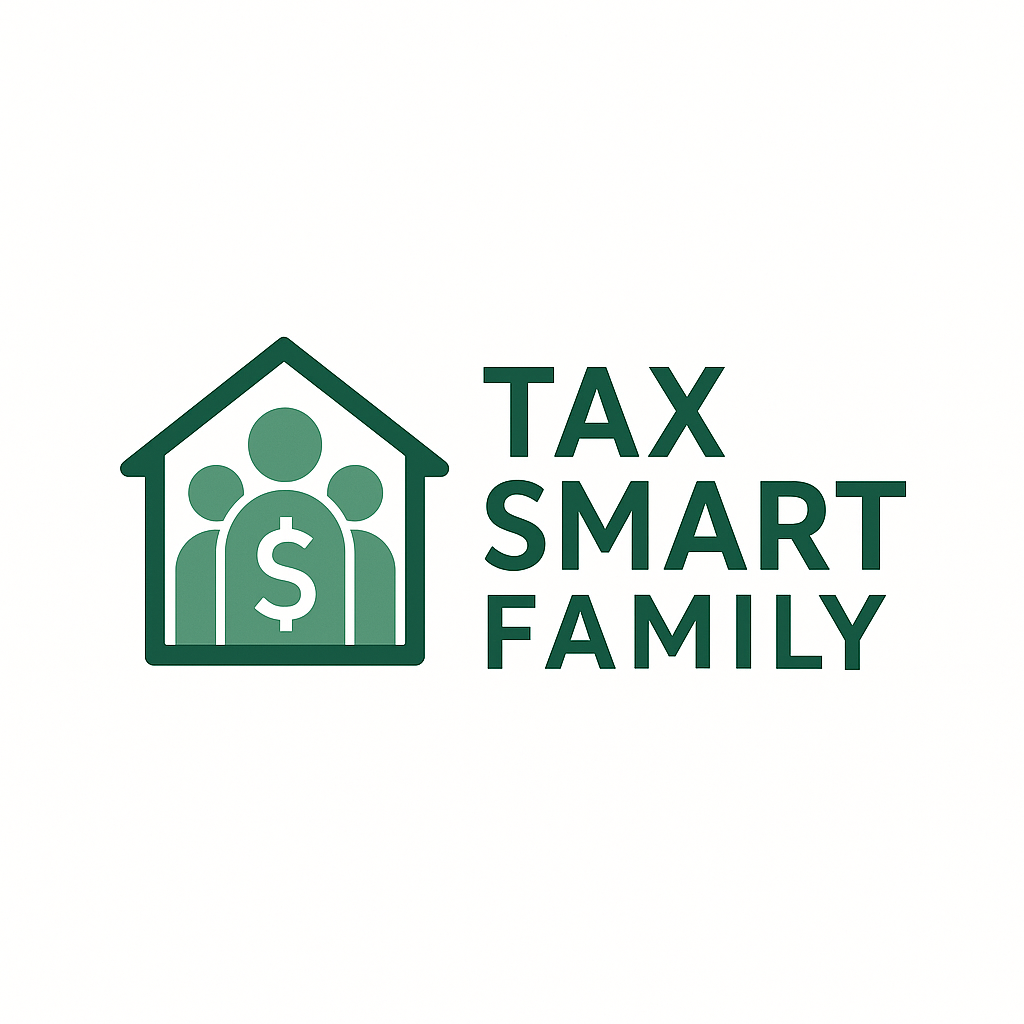The Single Best Investment We Made in Building Our Family Business Structure
Why the foundation mattered more than anything else
When we started building our family business system, we made a lot of small investments:
- A website
- Logo design
- Creative tools
- Editing software
- Payroll services
All important.
All useful.
But none of them came close to the impact of the single best investment we made:
Setting up a real, audit-safe legal and operational foundation.
In this post, I’ll share:
- Why legal structure came first
- How it saved us time, taxes, and sanity
- What we focused on — and what we ignored
- How you can prioritize the same move for your own family venture
Why Foundation Comes First
It’s tempting to start with:
- Branding
- Content
- Product launches
- Social media
But none of that protects you if your structure is wrong.
Without:
- A real legal entity
- A business bank account
- Clear payroll documentation
- Contractual agreements
You’re exposed:
- To tax problems
- To liability risks
- To messy accounting
- To future headaches when you try to scale
Foundation isn’t glamorous.
But it’s what makes the rest possible.
What Our Best Investment Looked Like
1. Forming a Proper LLC
We formed:
- A simple, single-member LLC
- Separate from our personal assets
- With a clean EIN, operating agreement, and state compliance
Not expensive.
Not complicated.
But absolutely essential.
It let us:
- Open a real business bank account
- Pay our kids formally through the business
- Deduct legitimate expenses
- Track income separately
It also instantly shifted our mindset from “family project” to “family enterprise.”
2. Setting Up a Payroll System
Instead of hand-writing checks or transferring cash, we:
- Created formal payroll
- Used simple low-cost software (like Gusto or Wave Payroll)
- Filed W-2s
- Paid wages through real, documented payroll cycles
No guessing.
No retroactive messes.
No gaps if audited.
It made our family business look and operate like any professional firm would.
3. Drafting Internal Agreements
Even though our kids were young, we:
- Wrote up work agreements
- Created likeness release forms
- Logged project-based work summaries
Everything lives in our business folders.
Every payment, every task, every project has a paper trail.
What We Ignored (and Were Glad We Did)
We didn’t:
- Buy fancy branding packages
- Build out a massive website right away
- Chase social media clout
- Spend thousands on logo design
None of that mattered until the foundation was real.
A weak structure with a strong brand is still a weak business.
How It Saved Us Time and Sanity
Because we invested early in structure:
- Tax filing is fast and stress-free
- Payroll is automated and audit-safe
- Family contributions are cleanly recorded
- Scaling into new ventures (media, consulting, courses) is simple
We don’t rebuild from scratch every time we launch a project.
The skeleton is already strong.
If You’re Just Starting Out
Focus on:
- Forming a real entity (LLC or appropriate structure)
- Setting up clean banking
- Creating a documented payroll system
- Tracking work contributions carefully
The flashy stuff can come later.
The structure will protect you when no one else is looking.
Final Thought: Build It Like It Matters — Because It Does
When you build with real bones, not just pretty skin, you build something that:
- Can survive hard seasons
- Can scale when opportunity comes
- Can protect your family legally and financially
That’s what true legacy businesses do.
They don’t just create.
They structure.
They protect.
They grow.
The best investment we made wasn’t a thing you could see.
It was a system you could rely on.
And years later, it’s still paying dividends.
Next post: How we set up our internal file structure to keep everything organized year after year (and why we can find any document in under 60 seconds).
Disclaimer: The information provided in this post is for general educational and informational purposes only. It is not intended as, and should not be construed as, financial, legal, tax, investment, or other professional advice. You should consult with your own qualified advisors before making any financial decisions. We disclaim all liability for any actions taken based on the content provided.
